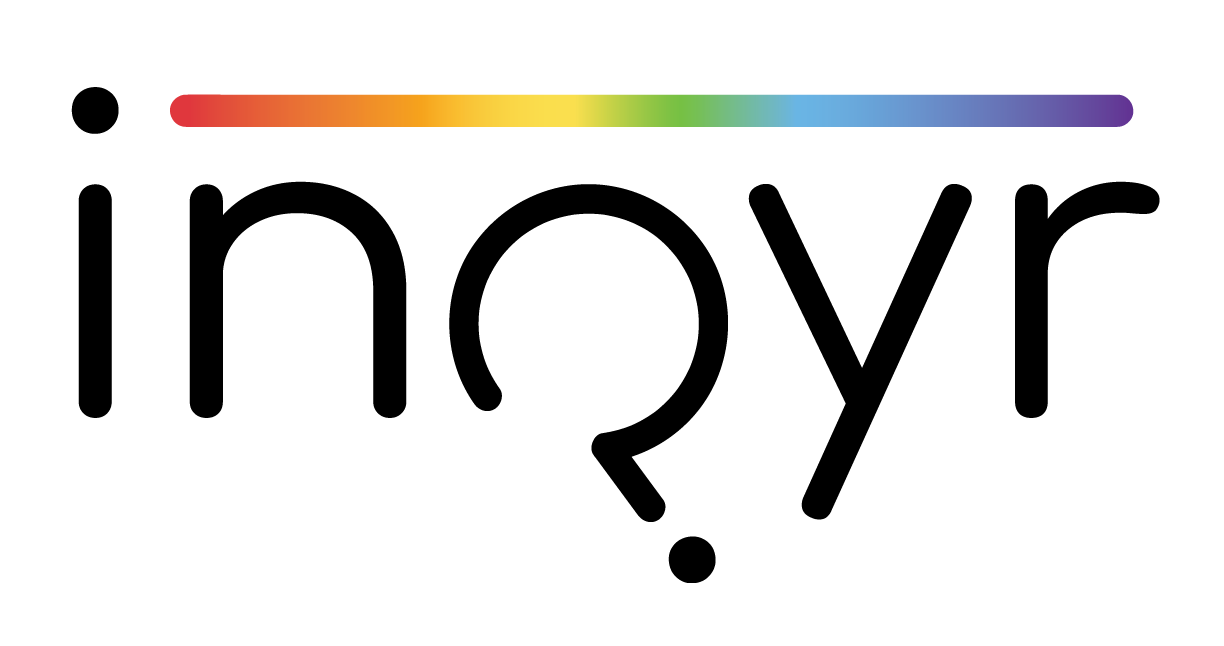Artistic expression as a source of resilience for transgender and gender diverse young people
Austin A., Dentato M. P., Holzworth J., Ast R., Verdino A. P., Alessi E. J., Eaton A. D. & Craig S. L. (2023). Artistic expression as a source of resilience for transgender and gender diverse young people. Journal of LGBT Youth, 20:2, 301-325. https://doi.org/10.1080/19361653.2021.2009080
Highlights
Background
Minority stress—manifesting as gender dysphoria, barriers to gender-affirming care, and systemic cisgenderism and white supremacy—uniquely affects the health and mental health of trans and gender diverse (TGD) people
Artistic expression has shown to provide agency, strengthen coping mechanisms, and improve health outcomes for TGD people experiencing minority stress, but there remains a lack of research focusing on the impact of artistic expression on resilience for TGD youth with multiple marginalized identities
Study Description
TGD youth aged 14-25 who identified as POC, immigrants, and/or rural residents (N = 29), gathered through a demographic survey (N = 664), took part in semi-structured photo elicitation interviews that explored the role of artistic expression in participants’ online and offline experiences.
Interviews and photos were analyzed in NVivo using constructivist grounded theory (Charmaz, 2014). Four coders created the initial codebook, which was then expanded and refined by the research team to identify prominent themes.
All coders identified as either LGBTQ+ or allies but were predominantly cisgender and White or White-passing, so reflexivity and reducing groupthink were emphasized during the coding process.
Key Findings
Four main themes within the data indicate that TGD youth with multiple marginalized identities use art as a form of authentic self-expression, a mechanism for coping and resilience, a way to connect with others (especially in the case of online art communities), and a pathway toward agency.
For TGD youth, identifying as an artist brought pride, confidence, and appreciation of their marginalized identities, and helped to cultivate resilience and improve their well-being.
Conclusion
TGD youth’s artistic identities and expression are instrumental coping mechanisms and sources of resilience when dealing with minority stress.
Opportunities for artistic expression in clinical interventions and therapy may be particularly effective for TGD youth, providing more ways to heal by expressing their thoughts and feelings through art.

